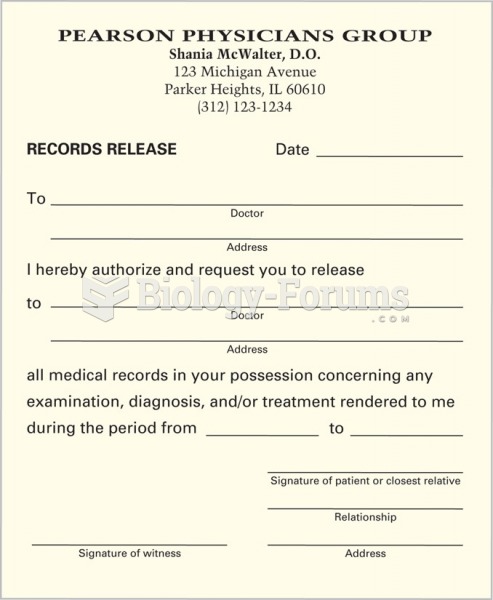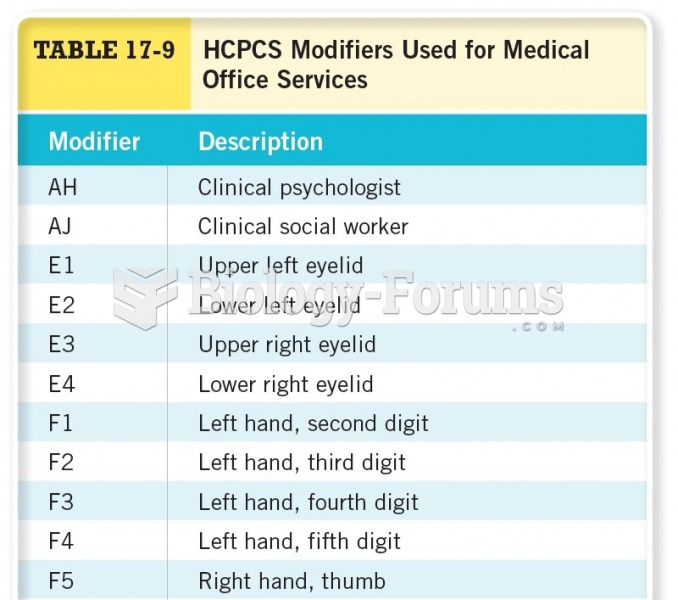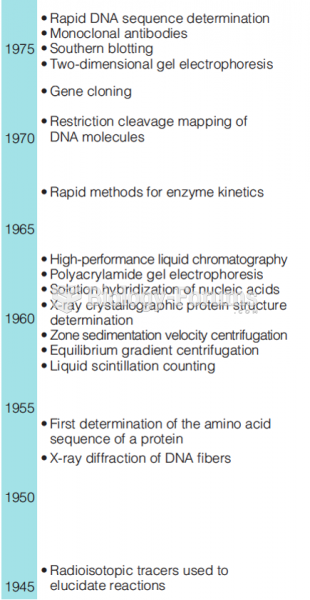Answer to Question 1
Correct Answer: 1,2
Rationale 1: Sleep-onset insomnia is the inability to fall asleep within a reasonable time, usually within 30 minutes.
Rationale 2: Sleep-maintenance insomnia is frequent awakenings during the night or the inability to fall back asleep.
Rationale 3: Sleep-offset insomnia is premature, early morning awakenings.
Rationale 4: Nonrestorative sleep is persistent sleepiness during the day despite adequate sleep duration.
Rationale 5: Parasomnia is not a type of insomnia.
Global Rationale: Sleep-onset insomnia is the inability to fall asleep within a reasonable time, usually within 30 minutes. Sleep-maintenance insomnia is frequent awakenings during the night or the inability to fall back asleep. Sleep-offset insomnia is premature, early morning awakenings. Nonrestorative sleep is persistent sleepiness during the day despite adequate sleep duration. Parasomnia is not a type of insomnia.
Answer to Question 2
Correct Answer: 1,2,3
Rationale 1: Restlessness is a symptom of generalized anxiety disorder.
Rationale 2: Elevated blood pressure is a sign of sympathetic nervous system activation that accompanies generalized anxiety disorder.
Rationale 3: Urinary urgency is a parasympathetic response that accompanies generalized anxiety disorder.
Rationale 4: Blushing is a symptom associated with social anxiety disorder.
Rationale 5: Repetitive counting is a symptom associated with obsessive-compulsive disorder.
Global Rationale: Restlessness, blood pressure elevation, and urinary urgency are all symptoms of generalized anxiety disorder. Blushing is a symptom associated with social anxiety disorder. Repetitive counting is a symptom associated with obsessive-compulsive disorder.







